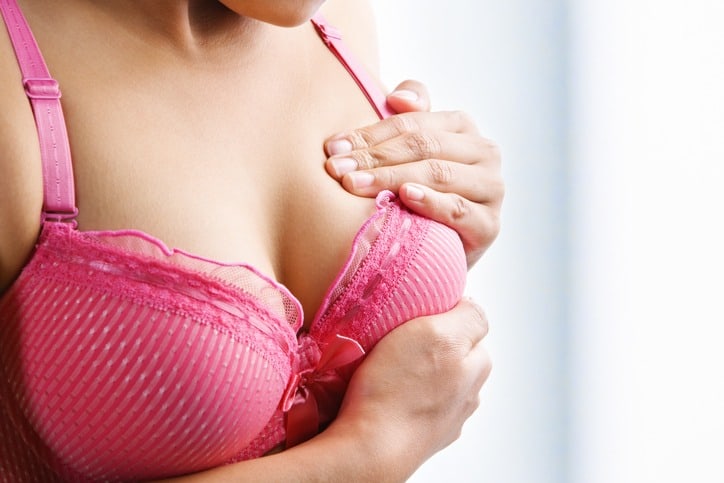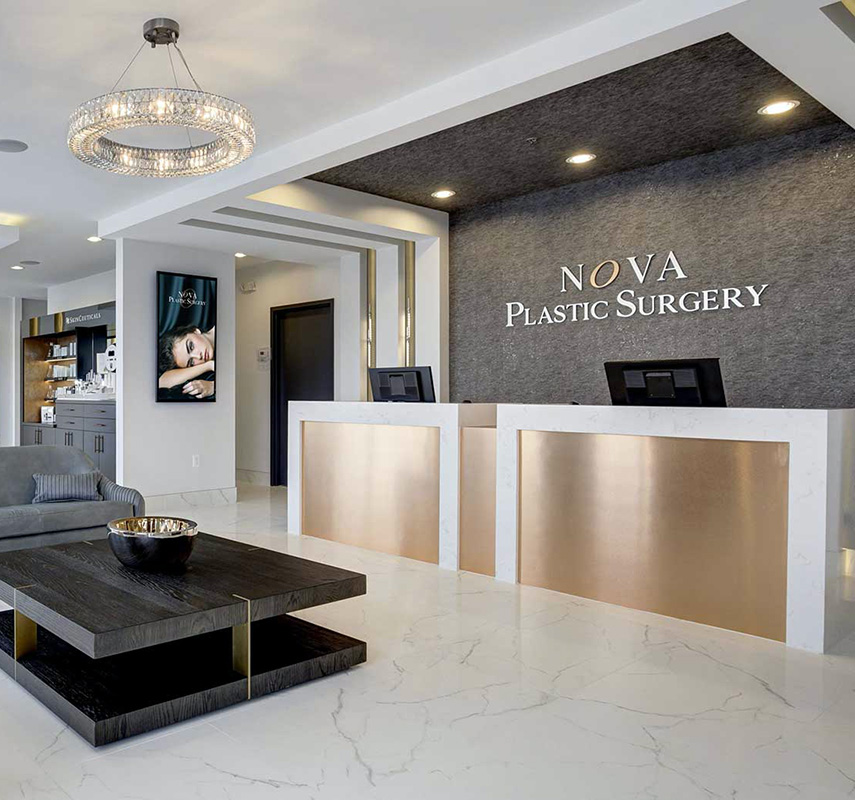 A staggering one out of every eight women will develop invasive breast cancer during her lifetime. If trends hold, analysts expect nearly 300,000 new cases in 2019, plus another 62,000 cases of noninvasive breast cancer. As women, it’s no wonder that doing self-exams has been so ingrained in us from the time we were young. Self-exams can catch cancer early and save lives.
A staggering one out of every eight women will develop invasive breast cancer during her lifetime. If trends hold, analysts expect nearly 300,000 new cases in 2019, plus another 62,000 cases of noninvasive breast cancer. As women, it’s no wonder that doing self-exams has been so ingrained in us from the time we were young. Self-exams can catch cancer early and save lives.
But what if you have breast implants? Can you still do your own self-exams? Can lumps hide under the breast implants? Whether you’re planning to get implants in Northern VA or Washington, D.C., you need to know these things. Here are the answers.
How Breast Self-Exams Are Different After Surgery
As a woman, you’ve been doing this exam for years, so you’ll be able to tell the difference in how your breast feels after surgery. This can make doing a self-exam seem harder. But If you just got your implants, you should talk to your doctor in Ashburn, who will help you understand where the implant ends and your breast begins.
The good news is that breast implants actually make it easier to detect lumps, not harder. Implants provide a smooth surface that the breast tissue pushes against during your self-exam. There will be no breast tissue hiding under your breast implants, so you don’t have to worry about missing something because you can’t reach it. Your doctor can also show you proper pressure and technique to effectively complete breast self-exams with implants.
Simply follow these easy steps.
Step 1: Wait for the breast to heal
The breast tissue needs time to adjust to the implant. It won’t feel normal right away; it might even feel lumpy. Give it some time. Once healing is complete, you can resume your monthly self-exam in your Loudoun County home like you never missed a beat.
Step 2: Lie down for the self-exam
Many of us ladies learned to do self-exams in the shower, but lying down gives you the best perspective.
Lie down flat on your bed. This spreads the breast tissue out flat over the sternum so you can more easily feel irregularities and determine what’s an implant and what’s breast tissue.
Step 3: Use three fingers
Using three fingers, examine the whole breast in circular motions. Don’t press too hard, but do press firmly so that you can feel what’s there.
Step 4: Examine the sides
Along the sides of the implants, you’ll need to examine the tissue closest to the ribcage. Carefully press under the edge of the implant, but keep in mind that you’re not trying to dig in under the implant. There’s no reason to do that, and you could hurt yourself or damage the implant.
Step 5: Do a visual inspection
Stand up and raise your hands up over your head while standing in front of a mirror. Look at the placement of your nipples, their size in relation to each other, and their shape.
You likely never did this when you performed an exam before. You’re not necessarily checking for breast cancer; you’re checking for early signs that the implant may have moved, begun to deflate, or started to pucker.
These kinds of complications aren’t common when you get breast implants done by a board-certified plastic surgeon, but remember that you’ll be the first to notice if something isn’t right and you should speak with your doctor.
Step 6: Speak up if you find something
Better safe than sorry. If something seems wrong, don’t wait to schedule an appointment with your doctor. Your doctor will likely perform a manual test and then order a mammogram to verify the presence or absence of a lump.
Make sure you tell your doctor that you have implants before the exam, and then remind your tech again when you step in to get your mammogram. The doctor and lab tech will then take precautions to avoid damaging the implants.
If the mammogram confirms something suspicious, you’ll be scheduled for a biopsy. Once again, remind them about your implants so they can avoid damaging them.
Step 7: Make it a routine
If, somehow, you never got into the routine of doing a breast self-exam, it’s time to start. Early detection is key to surviving breast cancer.
An estimated 2,600 men and 42,000 women in the US die each year from breast cancer. But thanks to modern medicine, the average survival rate is 90 percent for those who make it to five years. If cancer never gets a chance to metastasize because it was caught early, then the survival rate is 99 percent.
Put it on your calendar and make it the same day every month. If you forget or can’t do the exam that day, don’t wait until next month.
Note that your breast may change slightly during your cycle, so stick to your schedule as closely as possible.
And as always, if you have any questions or concerns, consult your board certified plastic surgeon.



